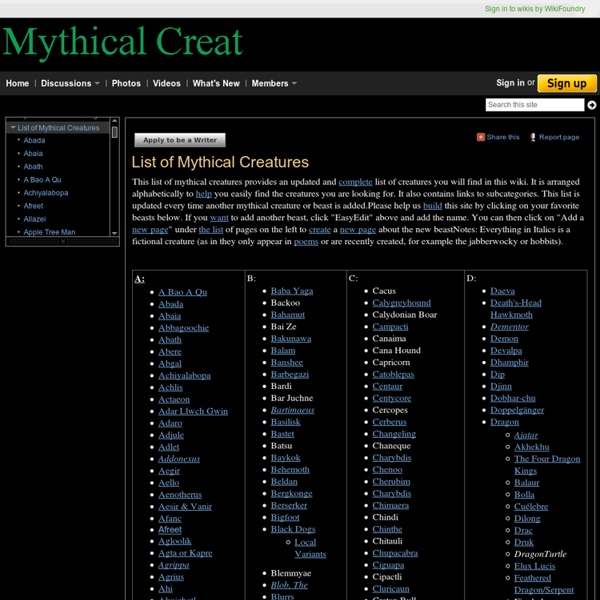



A Timeline of World Civilizations for Mythology - dummies Part of Mythology For Dummies Cheat Sheet Mythology seeks to explain the world and thus reflects the culture, events, and history of the societies that create the stories handed down as myths. Egypt’s Nile River and its cycle of overflowing its banks leaving fertile ground as it receded became the basis for Egyptian religion that demanded that the people help the gods prevent anything from interfering with the cycle. Myths form around the founding of cities, including Athens and Rome — about 10,000 to 2,500 years ago, respectively — and the founding of civilizations, including the creation myths passed down in virtually every culture. Chinese and Native American myths account for astrological occurrences as well as for more earth-bound events such as the Toltec invasion of the Mexican city of Teotihuacan in 900 CE. Famous poems, such as Beowulf and the Saga of the Volsungs are combinations of history and legend.
The Evolutionary Tree of Religion - Signs and symbols of cults, gangs and secret societies A brilliant infographic on the evolution of the world’s main religions was posted to Reddit a couple of days ago. It turns out the user/project Human Odyssey, or Simon E. Davis, has also made other comprehensive infographics on subjects such as Sacred Symbols of the Stone Age (below) and Secret Ciphers.